Is Betelgeuse Ready To Explode?
There's talk that Betelgeuse's recent strange pulsating might be a signal that the star is about to blow apart and become a supernova. But is it true? We explain.
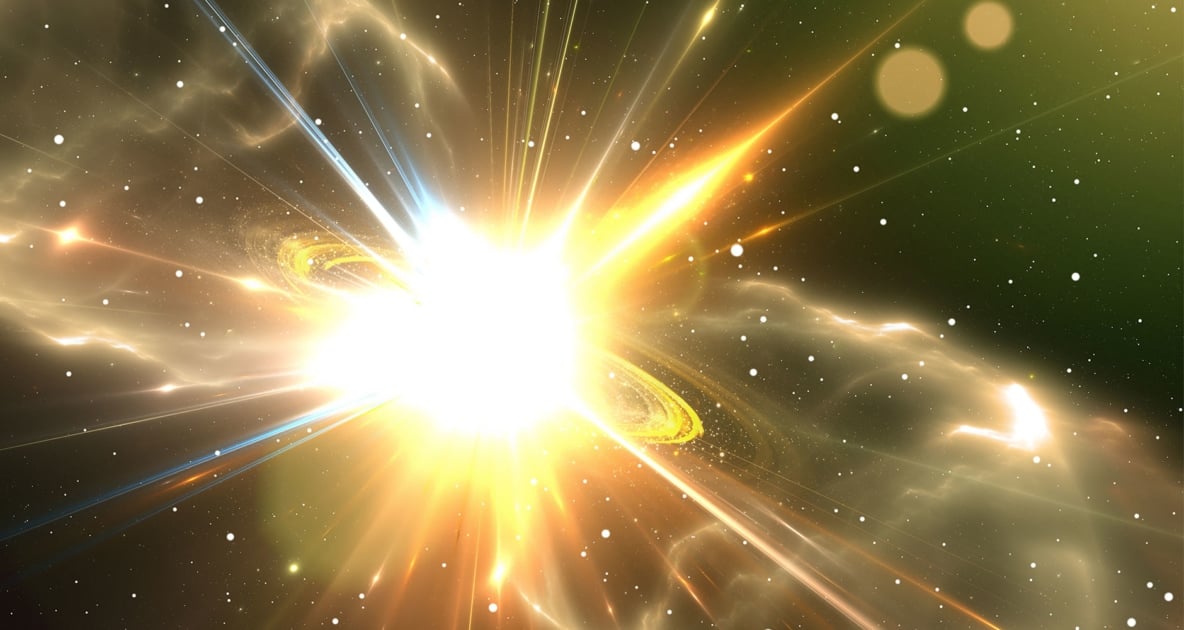
Standing upright and shining down upon Earth on these cold winter nights is the brightest and grandest of all the constellations: Orion, the Mighty Hunter. Currently, Orion can be easily seen by skywatchers with clear weather high in the southern sky at around 8:30 p.m. local time. Three bright stars decorate Orion’s belt, and above and below the belt, we also find two immense stars, Rigel and Betelgeuse.
The Armpit of the Giant – Ready to Explode?
Betelgeuse (“The Armpit of the Giant”) is a gigantic bloated globe of cooler gas, measuring roughly 770 times the diameter of the Sun. If it were to replace the Sun in our solar system, it would extend well beyond the orbit of Mars.
Compared to Rigel, Betelgeuse is near the end of its career. It is located 640 light-years away, but it does not shine with a steady light. Rather it’s a “pulsating” star, expanding and contracting spasmodically, but these pulsations are so irregular that no one can predict exactly when it will expand or contract.
In trying to describe Betelgeuse many years ago, Henry Neely, a lecturer at New York’s Hayden Planetarium, once noted that it is “like an old man with his strength almost entirely spent, panting in the asthmatic decrepitude of old age.”
Stars produce their energy by fusing hydrogen into helium deep within their cores. When a star accumulates sufficient helium in its core, its energy output increases significantly, and it swells into a red giant, or supergiant, like Betelgeuse.
In such stars, the core produces successively heavier elements to balance the incessant crush of gravity. But once the core begins creating iron, a star’s days are numbered; the formation of elements heavier than iron consumes rather than produces energy.
Eventually, since the core can no longer support the star’s vast weight, it collapses, triggering a cataclysmic supernova explosion.
Stellar Death Throes?
Betelgeuse is in its final stage and could explode anytime within the next 100,000 years. But it has received a lot of attention over the last couple of months because it has become significantly dimmer. The fact that Betelgeuse has dimmed is not anything unusual since it pulsates and has done this before.
However, this particular fading has proven to be most unusual. Normally, Betelgeuse shines at a magnitude of +0.69, ranking it as 11th among the 21 brightest stars in the sky. But recent estimates have shown that it has faded to around magnitude +1.7, dropping it out of the “Top 21.” As such, Betelgeuse has become exceptionally dim.
The media has made reference to this “bizarre fading” of Betelgeuse, speculating that it might be a signal that the star is about to blow apart and become a supernova.
However, most reputable astronomers and astrophysicists do not buy into this scenario, and believe that the current dimming is due to other factors such as an eruption of gas or dust, or fluctuations in the star’s surface brightness, and that with time the star will gradually recover back to normal.
So while we know Betelgeuse is primed to ultimately blow apart, the scientific consensus says: “Not anytime soon.”
Boom!
But just supposing … what would we see and experience from here on Earth if Betelgeuse were to finally “pop?”
The three brightest supernovae ever observed appeared in our skies in the years 1006, 1054, and 1572. Each of these stars either equaled or rivaled the planet Venus at its brightest. But each of these objects was thousands of light-years away.
But Betelgeuse is only 640 light-years away.
This means that if it were to explode without warning, the doomed star would grow tremendously luminous; likely approaching the brilliance of the full Moon and cast distinct shadows. It would be readily visible, even thru the brilliance of the daytime sky!
For two or three months, it would appear at this dazzling brightness, then over the next two or three years, it would gradually fade from view; in the years that follow, where once we saw Betelgeuse, we might only see a diffuse patch of faint light: that would be the intensely hot, newly revealed core of the star, surrounded by an expanding cloud of gaseous debris. That would be the total extent of the explosion, with no other effects on our planet.
What If Betelgeuse Were Closer?
We are fortunate that Betelgeuse is where it is relative to us, and not as close as, for example, Capella, a very bright yellowish star that is passing high overhead during the mid-evening hours. It’s only 43 light-years away.
What if Betelgeuse were positioned that close to us? In his book, What if the Moon Didn’t Exist? Voyages to Earths That Might Have Been, (Harper Collins, 1993), author Neil F. Comins speculates on a what might happen if a star, 50 light-years away from Earth, were to explode:
It would brighten to become…
..fifty times brighter than the Moon and only eight thousand times less bright than the Sun. The Earth would be subjected to blasts of electromagnetic rays, which would destroy the Earth’s ozone layer in a matter of days, and bombard the Earth with radiation (though both the ozone layer and radiation level would eventually return to normal).
Surviving plants and animals by the millions would undergo genetic mutations due to the radiation. While (humans) would be injured by the initial dose of gamma rays, the most effective screen against the radiation would be Earth itself. The rock would absorb virtually all of the ultraviolet rays, X rays, gamma rays, and most of the cosmic rays. The greatest number of people would survive if they all moved underground for a few years . . . this option would clearly be open to only a relative handful of people; neither the room nor the facilities underground exist for extended living by so many (billions) of people.

Joe Rao
Joe Rao is an esteemed astronomer who writes for Space.com, Sky & Telescope, and Natural History Magazine. Mr. Rao is a regular contributor to the Farmers' Almanac and serves as an associate lecturer for the Hayden Planetarium in New York City.

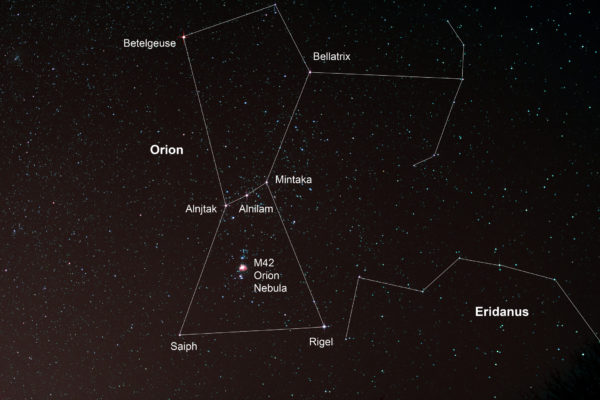
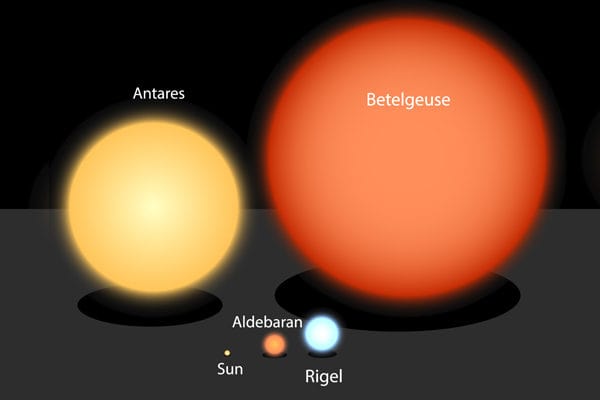


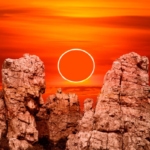
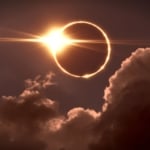
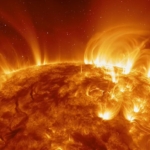
The Giants are Coming Back
Our Galactic Location puts inside Orion’s Spur. Betelgeuse (Beta El Zeus), and
Bellatrix (Baal = Bull = Taurus ) are Located on the Arm, and an Avenue back to Andromeda’s Galaxy via the Pleiades (Pleon = Noah’s Dove).
Will This Supernova, et. Al., in this Region Indicate the Returning of Andromeda’s Galaxy?
(4 Billion Year Periodic Collision)